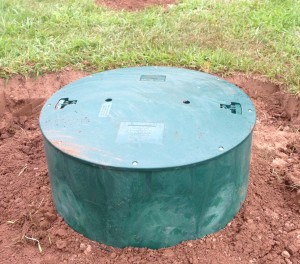Disposable wipes have gained popularity in recent years, and sanitizing wipes are found in every household now during the COVID-19 pandemic. Please remember that these wipes can do extreme harm to the plumbing and septic system. The sanitizing wipes that you use to clean should never be flushed! They are resilient and do not break down, causing plugged lines, filters, drainfields, and high levels in septic tanks. Our technicians have found wipes wrapped around pumps, causing them to malfunction, often leading to a hefty bill to fix the problem.
Even the so-called “flushable” wipes can cause similar problems. Besides the material of the wipe itself, the lotions and chemicals on these wipes are not beneficial to a septic system. These wipes should simply be placed in the garbage once used.
A good rule to live by: the only things that should be flushed are human waste and toilet paper!


